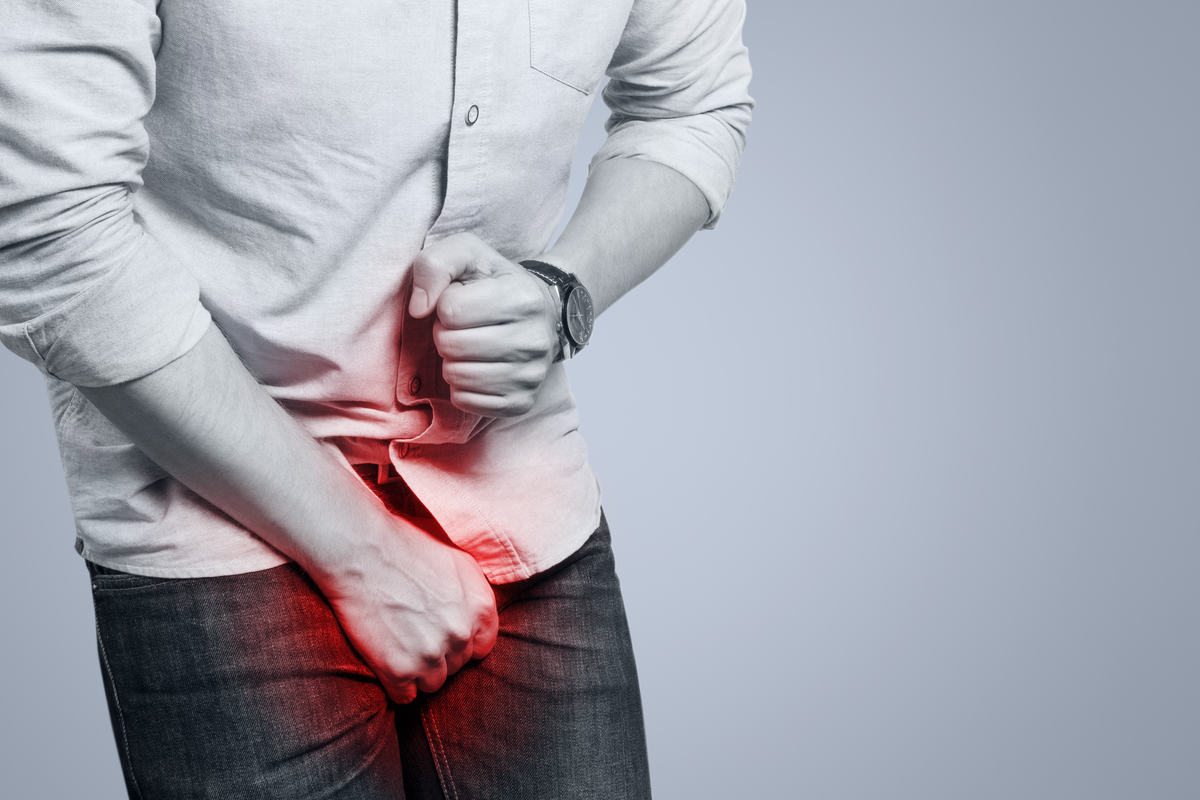
What Are Kidney Stones?
If you have ever suffered from kidney stones, you will know how excruciatingly painful it can be. Kidney stone or nephrolithiasis is on the rise in the United States affecting one in eleven people. As per the estimates, 600,000 Americans are suffering from kidney stones per year.
Kidney stones are small hard deposits on the inside of the kidneys and can be caused by the presence of high levels of various salts and minerals in the urine. These stones can be jagged or smooth and as small as sand grains. In rare cases, these stones can reach the size of a golf ball. Our body will try to pass these stones via the urethra with the urine and on their way out, these stones can cause unbearable pain.
Types Of Kidney Stones
There are four different types of kidney stones.
Uric Acid Stones
These stones occur when the urine has high levels of uric acid in it. Uric acid stones can be caused by eating a lot of shellfish, seafood, and organ meat.
Calcium Stones
Calcium stones are the most common types of kidney stones and include both calcium phosphate and calcium oxalate types. When calcium, phosphorus, and oxalate build up in the kidney, they can form crystals and build-up over time.
Struvite Stones
These types of stones can form quickly, mainly after an infection of the urinary tract. An increase in bacteria in urine, increasing the urine PH can result in the production of ammonia, leading to the formation of stones.
Cystine Stones
These stones are inherited and can be a lifelong disorder. Cystine stones are rare and are related to cystinuria, which occurs when the amino acid named cystine leaks into the urine from the kidneys, potentially resulting in the formation of stones.
Treating Kidney Stones
Small stones will pass on their own and for these stones to pass, you need to drink a lot of water and take pain medication to control pain. At times, prescription medication can be given to relax the ureter to allow the stone to pass quickly. For the larger stones, medical intervention will be needed and procedures can include:
- Lithotripsy makes use of a device that can create small shock waves to break kidney stones into small pieces.
- Ureteroscope that inserts a small tube into the urinary tract to break or remove the stone.
- Surgery, which is usually required for very large kidney stones.